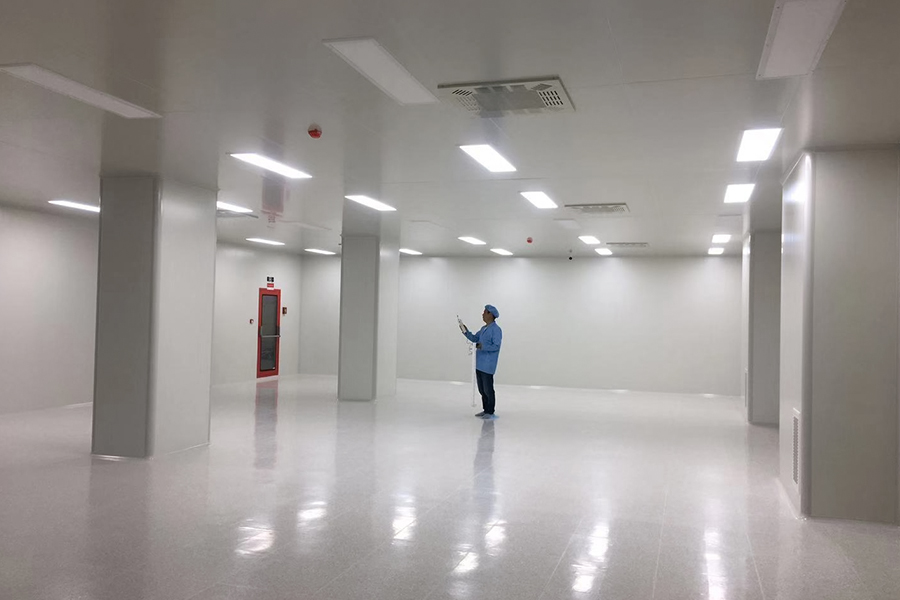

With the rapid development of science and technology an […]
With the rapid development of science and technology and the continuous emergence of new technologies, new processes, and new products, there are more and more construction projects that require clean production environments. Precision instrument manufacturing, medical equipment, and other important departments. Let's talk about the lighting design of common large-space closed dust-free workshops:
Dust-free workshops are generally closed workshops with large column nets, large spans, large spaces, and no lighting windows. The "Design Specifications for Dust-Free Workshops" GB50073-2001 clearly stipulates the illuminance value of the lighting window dust-free workshops and stipulates that no dust-free workshops are required. The general lighting in the mixed lighting in the clean area of the lighting window is not less than 200 1x, which is one level higher than the 150 1x in GBJ73-84. The International Commission on Illumination (CIE) "Guidelines for Indoor Lighting" stipulates that the minimum illuminance of a windowless factory building should not be less than 500 1x. According to the existing power level in my country, the illuminance standard of artificial lighting in China is generally lower than that of countries such as Europe and the United States. In fact, the illuminance of some recent Sino-foreign joint ventures and foreign-owned clean rooms is much higher than 2001x, reaching 300~500 1x. For operators working in closed dust-free workshops, providing them with a bright and comfortable visual environment can greatly improve production efficiency and the yield of fine products. Therefore, it is beneficial to appropriately improve the artificial lighting illumination level of the dust-free workshop, improve the visual hygiene of the staff, and promote the development of the national economy. At present, the country is formulating "Industrial and Civil Building Lighting Design Standards", and the illuminance standard in the new specification will be greatly improved. However, considering the light and dark adaptation of the production workshop, the illuminance of the aisles and restrooms of the cleanroom should not be too different from the illuminance level of the work. Generally, a difference of 1~2 levels is appropriate, but the minimum should not be lower than 100 1x. The standard of the dust-free workshop with windows is the same as that of the regular production workshop. It is implemented according to the current national standard "Lighting Design Standard for Industrial Enterprises" GB50034-92.
The illuminance of different clean industrial workshops is also quite different according to the different process requirements. For example, the illuminance of the mixed lighting of the electron gun assembly workshop of the picture tube factory should reach 1000~3000 1x. In addition to the general lighting, it is also necessary to set local lighting. The proportion of mixed lighting illuminance should not be too large, and the general lighting illuminance is 5~15% of the mixed lighting illuminance. Due to the shortage of electricity in my country, the proportion of local lighting in mixed lighting has been expanded. If the space illumination is low, it is easy to produce glare and make people feel fatigued, but the brightness of the light source should not be too high. Linear light sources such as fluorescent lamps or incandescent lamps with frosted glass are often used.
Secondly, in dust-free workshops that have special requirements for light sources, such as phosphor coating rooms in kinescope factories, lithography rooms in semiconductor workshops, in order to prevent photosensitive materials from being exposed to light, yellow or red light sources must be used. Its special requirements are to use yellow fluorescent tubes or low-pressure sodium lamps. There are also two types of yellow fluorescent tubes. One is to coat the inner wall of the tube with yellow fluorescent powder; the other is to coat the white fluorescent tube with a yellow plastic sleeve. Low.

Our new models offer superb design;competitive prices and their new features give them distinct advantages over similar products from other manufacturers.